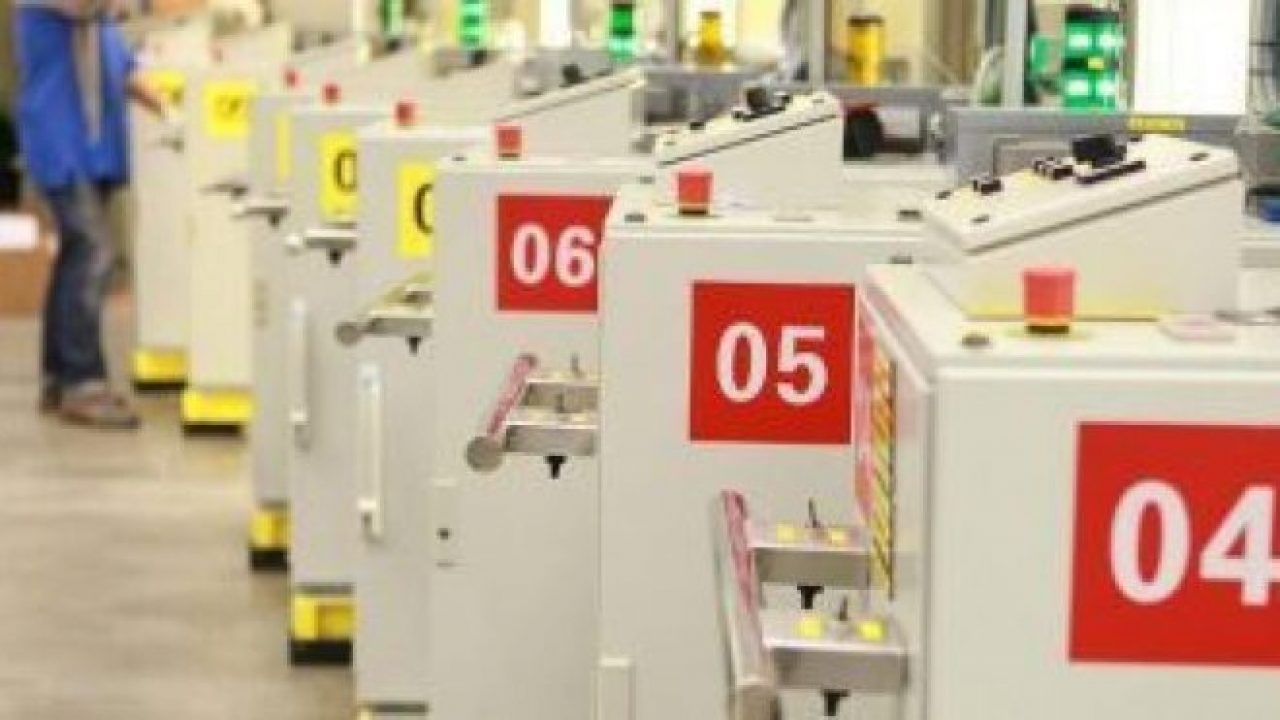How China, Japan apply Industrie 4.0 to turn the industrial tide
Article By : Roland Berger

The industrial sector's transition to Industrie 4.0 is much more than a question of technology. It will affect not only individual corporate strategy but also national economic and employment policy.
Factories of the future are about to create some 10 million more jobs, 7 million of them in services and IT industrial enterprises, but countries—particularly China and Japan—need to gear up for the changes that Industrie 4.0 brings, according to a new report.
Industrie 4.0, a concept that originated in Germany, is a paradigm shift in companies' manufacturing strategies. In a study, analysts at Roland Berger posit that manufacturing has already switched from a mindset of mass production to one of mass customisation.
"No longer is it based on scale and volume effects but on flexible and localised production situated close to centres of demand. It manufactures 'on demand' and no longer creates inventory, instead dynamically adapting itself to demand. It is more predictive and auto-corrective and it involves less trial and error," the study stated.
But the industrial sector's transition to Industrie 4.0 is much more than a question of technology. It will affect not only individual corporate strategy but also national economic and employment policy.
"The digital transformation has already begun. If we don't want to be left with a vacuum, industrial enterprises already need to be gearing up for the changes to be wrought by Industrie 4.0 and working on their digitisation strategy," said Roland Berger expert Thomas Rinn.
So far, Germany is the only country that saw its return on capital employed (ROCE) improve from 12 per cent to more than 30 per cent in the period through 2014, but other countries have started catching up as well.
Japan, in particular, saw profits fall by 80 per cent and 2 million jobs destroyed between 2010 and 2014. The strong yen, which has dragged down exports, has exacerbated the country's deindustrialisation, prompting the Japanese government to follow Germany's example in focusing strongly on Industrie 4.0 in a bid to give a renewed boost to the industrial sector and jobs in the country.
"Japan has belatedly committed itself to Industrie 4.0, launching a raft of programs in the middle of 2015. Bearing in mind its current level of automation, Industrie 4.0 should allow it to regain competitiveness and flexibility," the study stated. "Industrie 4.0 also has a crucial role to play in addressing young people's lack of interest in industry and in offsetting population decline by reviving investment in the quality of work in factories."
China, on the other hand, sees Industrie 4.0 as a way to cope up with the challenges of competitiveness and upscaling. Known for its "low-cost exports," the country needs a paradigm shift if its industrial sector is to remain globally competitive. So the government has launched an Intelligent Manufacturing 2025 initiative to turn the tide in a bid to upscale and become known for high-quality products.
"[China] has understood that the only way it can safeguard its industry is to upscale and go premium, especially given the fact that there are two major obstacles to the growth of its manufacturing value add: falling demand for low-cost products and, above all, the growing problem it faces in terms of competitiveness, with blue- and white-collar wages rising all along the east coast, energy and land costs rising, and difficulties in attracting workers to the centre of the country, among other issues," according to the study.
Subscribe to Newsletter
Test Qr code text s ss


